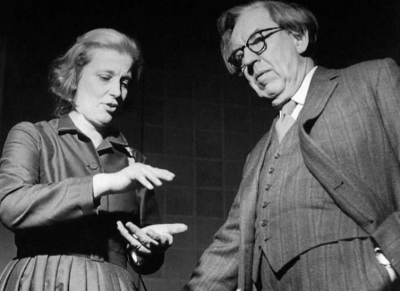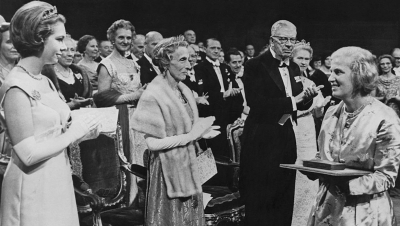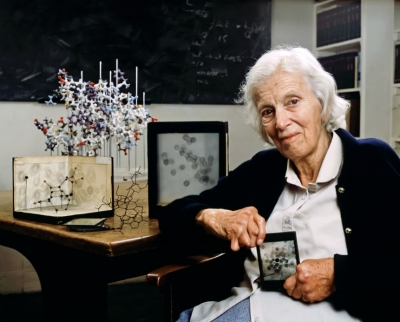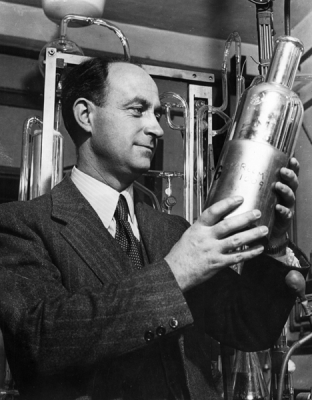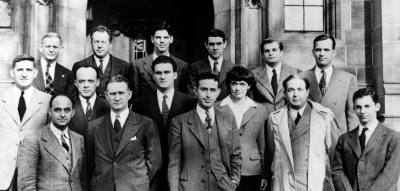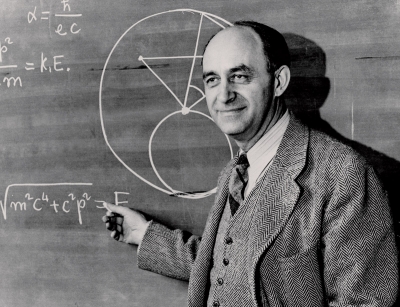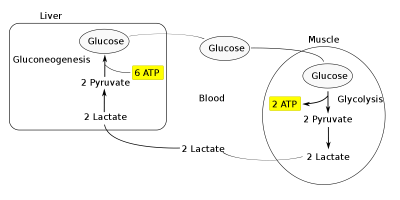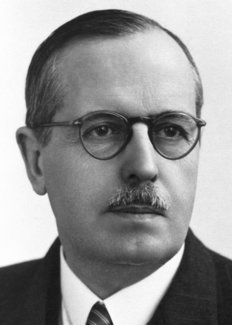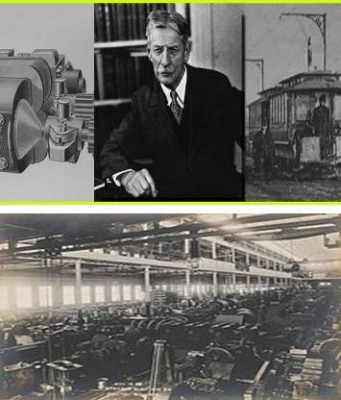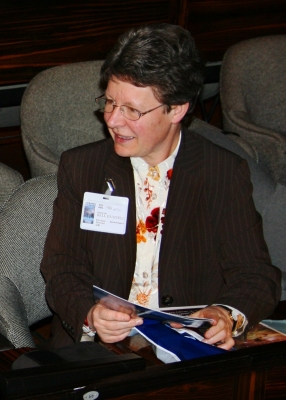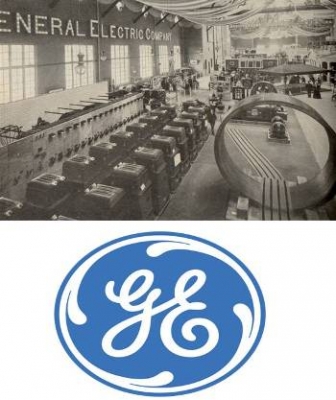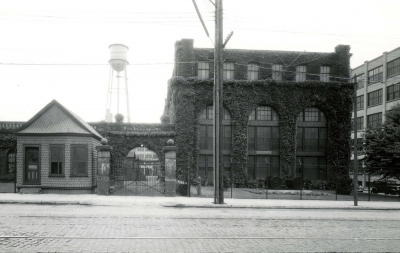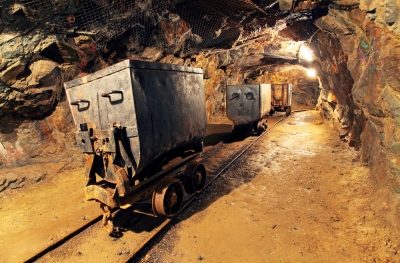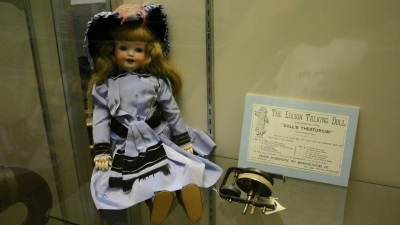Why was cotton candy invented by a dentist?

A dentist invented cotton candy; we're not making that up! In 1897 in Nashville, Tennessee (USA), dentist William Morrison teamed up with candy maker John C. Wharton to invent the first electric cotton candy machine to melt and spin sugar through tiny holes using centrifugal force. At the time, the air-spun sugary treat was called Fairy Floss. It was a huge hit at the 1904 World's Fair in St Louis, where the duo sold 68,655 boxes of it for $0.25 a box.
The first cotton candy machines were unreliable. They rattled loudly and often broke down. In 1949, Gold Medal Products of Cincinnati, Ohio, introduced a spring base for the machines that helped. Today, Gold Medal Products manufactures almost all cotton candy machines. The next time you enjoy cotton candy at the state fair, take a look at the machine! You might have Gold Medal Products to thank for your snack.
So, what happens inside the cotton candy machine? First, sugar is melted until it becomes a liquid. Then, the machine spins liquid sugar by pushing it through tiny holes that shape and cool the liquid. After it cools, the sugar becomes a solid again. The operator then rotates a paper cone around inside the machine, collecting thousands of tiny crystallized sugar threads. Once the puff of cotton candy is just the right size, it’s time to eat!
Picture Credit : Google
